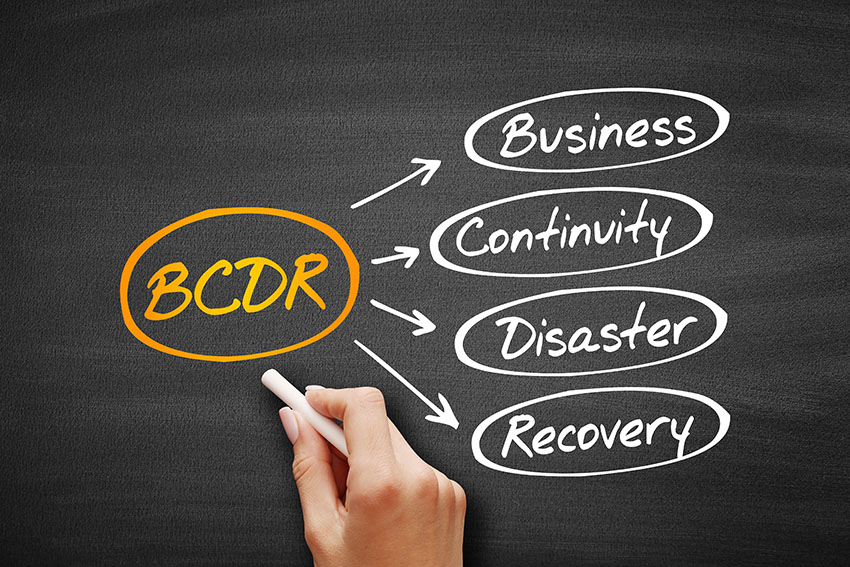With all of the new technology and software available in today’s workplace, it can be overwhelming to get an understanding of what is necessary and what is superfluous. From CRM’s to managed service providers, owners and administrators have a lot of options and strategies to consider when approaching business technology.
One of the most important strategies to consider is business continuity.
Put simply, business continuity is the strategy for maintaining functionality and performance through potential network threats or problems. These threats range from benign problems like software mishaps to more serious issues like dealing with ransomware. Most large organizations have processes in place due to compliance requirements or because they have a wealth of private or sensitive information. A solid business continuity plan allows these corporations to protect themselves from losing sensitive information or experiencing large amounts of downtime due to an unforeseen event. Anything from weather disasters or hacker attacks can be mitigated by having redundant backups and geographically diverse server locations.
Business continuity has multiple facets that contribute to the overall outcome. One of the most important pieces is disaster recovery.
Disaster recovery is the piece of a business continuity plan that directly pertains to dealing with data loss, downtime, and external threats. Since every business operates differently, no two disaster recovery plans are the same.
This is extremely important to highlight because many companies try to approach disaster recovery with a singular approach. Unfortunately, one strategy doesn’t often apply to more than one business.
When designing and implementing a disaster recovery plan, multiple variables need to be considered. Everything from compliance protocol, industry, number of employees, number of offices, network size, workflow, and standard operational procedures are just a few of the variables that need to be considered.
There is a wealth of misconception and misunderstanding about what makes for a good disaster recovery plan. Many people assume that keeping data on an extra thumb drive is sufficient when in fact, the thumb drive itself could be hacked and compromised and then used as a tool to infiltrate other networks. Disaster recovery solutions are not simplistic by design since proper network security and business continuity demands much more attention to detail and technical insight in today’s economy.
In conclusion, business continuity and disaster recovery plans are vital to any operating business. These plans allow for maximum up-time while drastically reducing threats to sensitive information and data. All of these solutions are customized and scalable to allow for businesses of any size to ensure consistent performance and safe digital operations.
